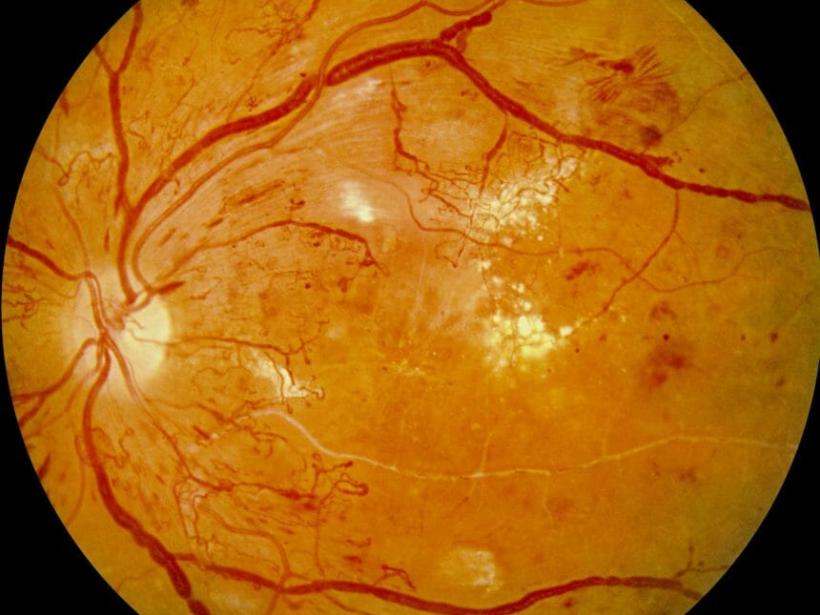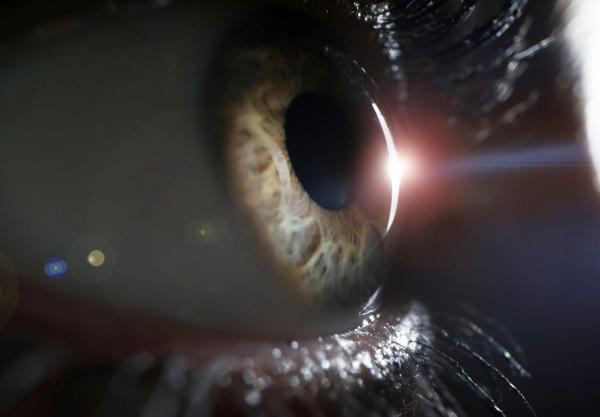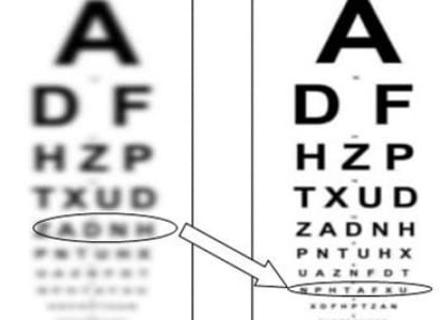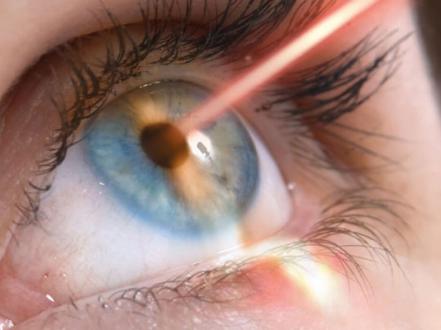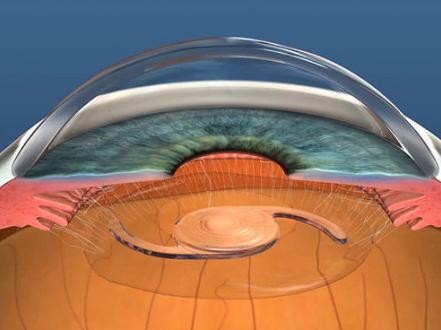Panretinal laser photocoagulation (PRP) is considered the most effective modern method of treating diabetic retinopathy and complications that may arise from this pathology. PRP therapy helps prevent a patient's vision loss by stopping the progression of diabetic retinopathy.
Timely treatment of late (proliferative) stages of diabetic retinopathy allows saving eyesight in 60% of cases. But this value is much higher if the treatment is started at an earlier stage of the disease. This method of treatment has been used for over 25 years and has helped a huge number of people to save their eyesight.
What is PRP therapy?
The essence of pan-retinal photocoagulation is the targeted application of coagulation micro-burns by laser to the pathologically changed areas of the retina. All parts of the retina must be treated by laser except for its central part (the macula). This prevents the emergence of new pathological vessels in the retina and the drainage system of the eyeball, thus reducing the risk of bleeding into the vitreous body and the development of neovascular glaucoma. Before the procedure, the doctor may suggest that the patient undergo fluorescence angiography to clarify the location of vessels with defects.
This therapy includes 3-5 sessions, depending on the stage of the process and the area of pathological changes on the retina.
Advantages of PRP therapy
Pan-retinal photocoagulation is a method of retinal laser therapy that provides:
- improved blood flow and therefore the flow of oxygen and nutrients to the retina from the choroid;
- destruction of avascular areas of the retina, which are dangerous because they are the source of the growth factors of new abnormal blood vessels, which cause hemorrhages and retinal edema;
- "sealing" of new vessels, which leads to their death.
How to prepare for pan-retinal laser photocoagulation?
- It is very important that you do not drive to and from the procedure, as your pupil will be dilated. This will impair your vision for 6 hours after the PRP procedure.
- Patients with diabetes mellitus are advised to make sure they have enough food and medications they may need during their visit.
- Take all of your usual medications quietly before treatment begins.
- Immediately after the procedure, patients return to their usual activities.
How is PRP therapy performed?
PRP therapy is an outpatient procedure. The prerequisite for pan-retinal laser photocoagulation is a wide pupil of the patient, so before the treatment, it is necessary to instill dilating eye drops. A local anesthetic is also instilled to ensure maximum comfort during the procedure.
During the PRP treatment, the patient fixes his eyes through a special contact lens, which is necessary for laser treatment. During a session, which lasts from 20-40 minutes to an hour, the doctor places 500-700 laser dots on the retina. The next session is scheduled in 2-3 months.
After pan-retinal photocoagulation, the doctor prescribes anti-inflammatory drops to prevent the development of infection. The patient has to instill these drops at home for at least 5 days (this is usually the duration of the recovery period after the therapy).
The first examination by an ophthalmologist is scheduled in a month after the laser treatment session. Further observation and the need for additional PRP therapy procedures are determined individually depending on the severity of the disease.
Contraindications for PRP therapy
There are several conditions in which pan-retinal photocoagulation cannot be performed:
- Corneal dystrophy.
- Decompensated angle-closure glaucoma.
- Mature cataracts.
- Hemophthalmos.
- Decompensated, severe form of diabetes mellitus.
- First trimester of pregnancy.
Side effects and complications
If all steps of the procedure are followed by an experienced ophthalmologist, complications are quite rare with pan-retinal photocoagulation. Immediately during the procedure, the patient may feel a tingling sensation with each micro-burn that the laser inflicts. Therefore, the procedure may be divided into several sessions. Also, side effects and complications after PRP may include:
- narrowing of the peripheral visual fields;
- slight impairment of dark adaptation;
- slight impairment of color perception;
- mild headache
- decrease in visual acuity by 10-20%;
- accommodation disorder
- bleeding from the vessels of the choroid;
- hemorrhage into the vitreous body;
- Bruch's membrane cracking with the development of neovascular membranes
